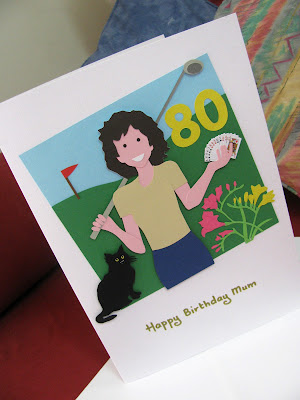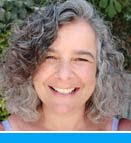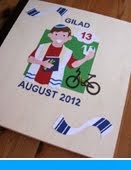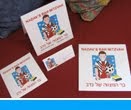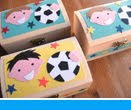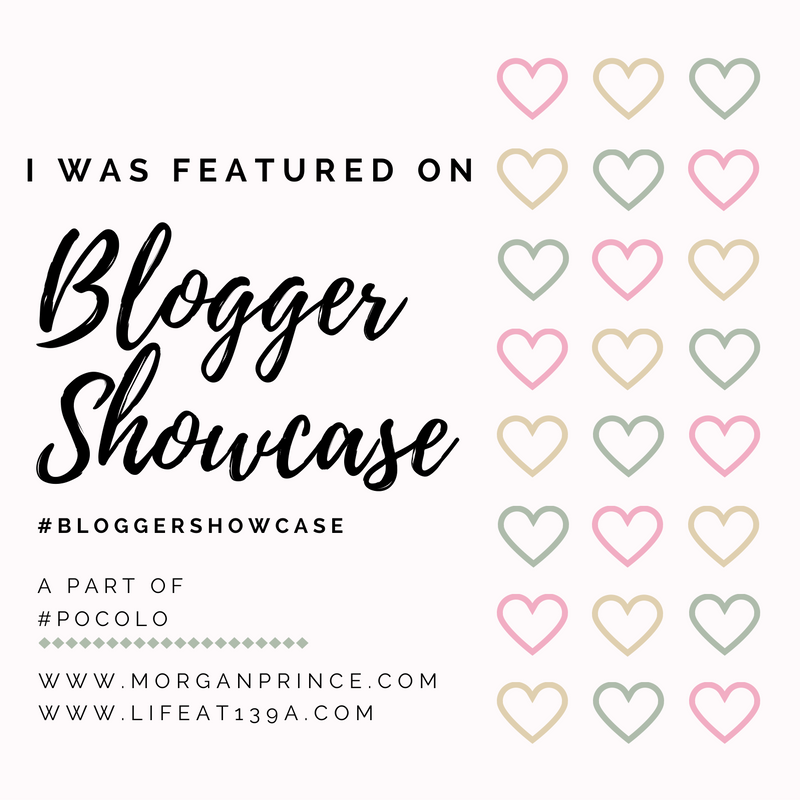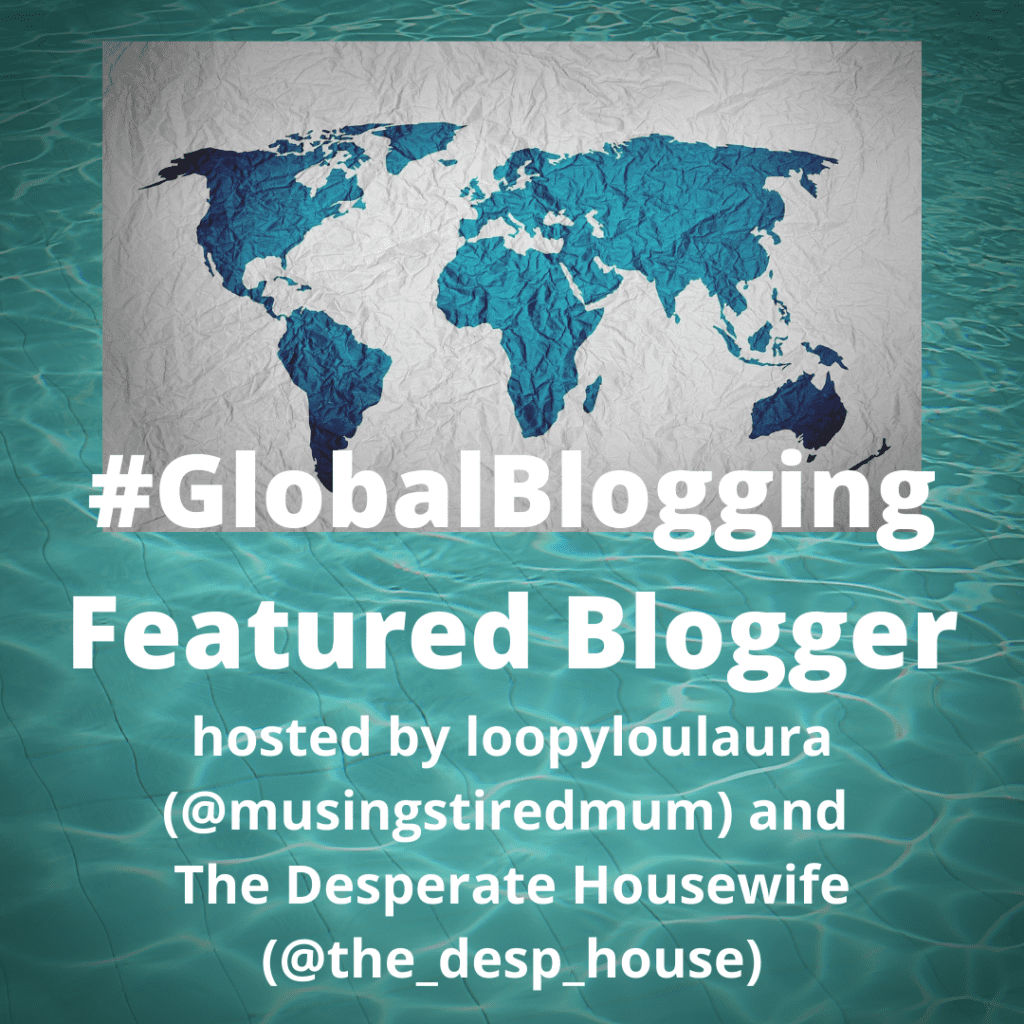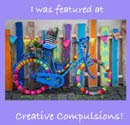Mister Handmade in Israel thinks that it's strange that I like visiting museums on my own. I'm quite a sociable person really, but for several reasons I prefer to go to an art gallery or museum alone. I like to be able to spend as much time there as I wish, without being rushed or feeling that it is time to leave. I love taking photos - lots of them - without anyone thinking I am slightly crazy. And I like the peace and quiet. Shhh! Please don't talk to me whilst I am enjoying a special exhibition.
Having said all that, I had no problem at all going by myself to the new Yaacov Agam Museum of Art in Rishon LeZion on International Museum Day. A friend was going to join me but was running late, so I spent the time in this new museum all alone. I loved it!
Yaacov Agam is an Israeli sculptor and experimental artist best known for his contributions to optical and kinetic art. The son of a rabbi and a kabbalist, he was born Yaacov Gipstein on May 11, 1928 in Rishon LeZion, Palestine (now Israel), and was raised in a family steeped in Jewish spiritual values. Agam trained at the Bezalel Academy of Art and Design in Jerusalem, before moving to Zürich, Switzerland in 1949. In 1951 he moved to Paris, France, where he still lives today. He has enjoyed great public success since his first one-person show in Paris in 1953, and has become one of the most influential artists of modern times. His paintings, which are displayed in famous buildings such as the Elysee Palace, the Pompidou Centre - where 'Salon Agam' is included in the museum's top list of collection masterpieces - and the White House, as well as in metropolitan areas such as New York, Miami, Chicago, Tokyo, Paris and St. Petersburg to name a few, define kinetic art with a signature use of bold colours and shapes. Agam is the highest-selling Israeli artist of all time. In a Sotheby's New York auction in December 2010 his painting 'Growth' was sold for $698,000.
Agam's art, or at least a large collection of it, has now found a permanent home in the place of his birth, at the newly opened Yaacov Agam Museum of Art. Located in Israel's third largest city, the museum - a joint initiative of the Rishon LeZion Municipality and the artist - showcases six decades of Agam's artistic research, and presents some of his most important artworks, coming from prestigious Israeli and worldwide collections and museums.
The entrance to the museum features the work 'Pillars of Clilla', named after the artist's late wife. The work includes 29 monumental columns, 20 at the entrance and 9 inside the building, which make the distinction between indoors and outdoors inconspicuous. The museum’s central space boasts his 'Panoramagam' work, a twenty-two metre long relief painting, originally displayed as part of Agam’s solo exhibition at the Guggenheim Museum in New York City in 1981.
Other exhibits range from transformable sculptures and paintings to relief paintings, interactive digital displays, objects, installations and sound works. His art engages and fascinates all ages and audiences, and spans a breathtaking range of artistic expressions.
The building itself, designed by architect David Nofar, takes up 3,200 square metres and also includes a gorgeous outdoor sculpture garden.
In the Israeli public sphere, Agam is especially renowned for his 'Fire and Water' fountain at Dizengoff Square in Tel Aviv, which brought colour to Kikar Dizengoff for years until it was taken down for renovations in 2016. He also designed the front of the Dan Hotel on the Tel Aviv Promenade, below, and the exterior design of Ne'eman Towers in north Tel Aviv. His works are regularly exhibited at the Israel Museum and the Tel Aviv Museum of Art, and can be seen at the President's Residence, by the Western Wall plaza in Jerusalem, The Chaim Sheba Medical Center at Tel HaShomer Hospital, Rabin Medical Center and many other places.
* This post has been shared on The Keeping It Real Link Up, Our World Tuesday, Wednesday around the World, {wow me} wednesday, Wonderful Wednesday Blog Hop, Wordless Wednesday Blog Hop and Little Things Thursday.











































